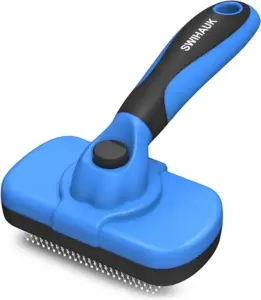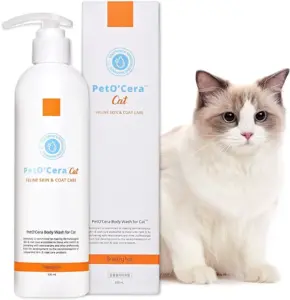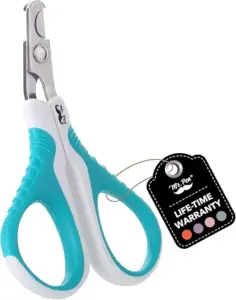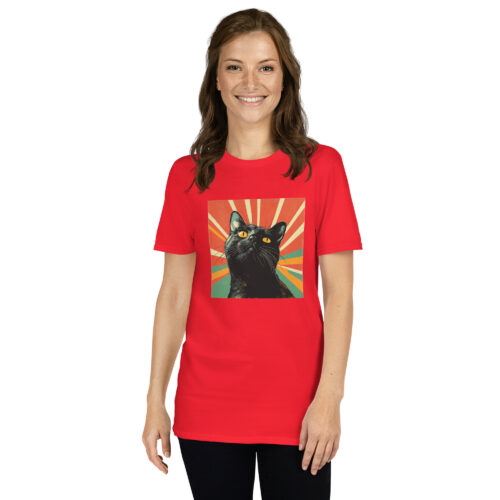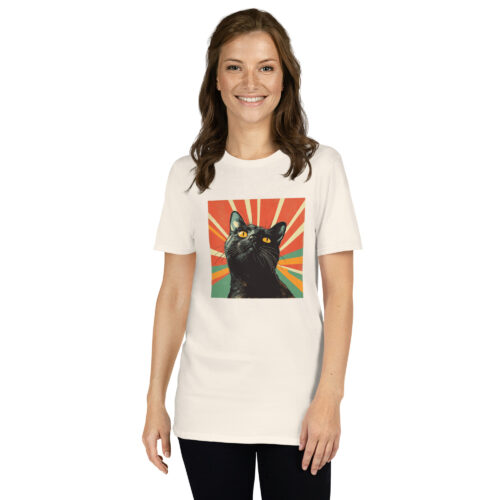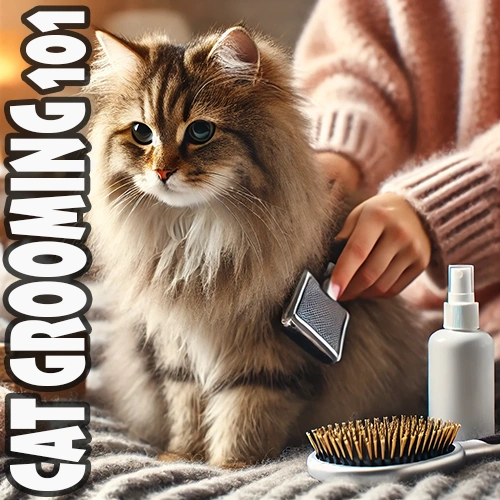
Cat Grooming: How to Do It, Should You Do It, and Products to Use
Table of Contents
Cat grooming is a topic that often brings up a lot of questions for cat owners. Should you groom your cat at all? How do you go about it without causing stress to your beloved feline friend? What tools and products are best for the job? Whether you are a seasoned cat parent or newly navigating the waters of caring for a kitty, grooming is an important part of keeping your cat healthy and comfortable. In this post, we will explore all aspects of cat grooming—from the hows to the whys, and even the best products to use.
Why Grooming is Important for Cats
Grooming is an essential part of keeping your cat healthy. Not only does it help keep your cat’s fur clean and free of tangles, but it also promotes skin health, reduces shedding, and allows for quality bonding time between you and your feline. Grooming helps distribute natural oils throughout the fur, which keeps the coat looking shiny and feeling soft. Additionally, it can help detect any skin abnormalities or pests early on.
Should You Groom Your Cat? The answer depends on your cat’s breed, age, and personality. While most cats are known for being excellent self-groomers, there are times when they need a little extra help. Long-haired cats, such as Persians or Maine Coons, often benefit from regular brushing to avoid painful mats. Older cats or those with arthritis may struggle to groom themselves properly and will appreciate the assistance. Even short-haired cats can benefit from occasional brushing to remove loose fur and prevent hairballs.
The Benefits of Grooming Your Cat
- Reduces Shedding and Hairballs: Brushing your cat regularly helps reduce the amount of loose fur, which means fewer hairballs and less vacuuming for you.
- Health Monitoring: Grooming sessions allow you to check for any lumps, bumps, or skin issues, catching potential health problems early.
- Bonding: Grooming is a wonderful opportunity to bond with your cat. Many cats enjoy the sensation of being brushed, and it can be a relaxing experience for both of you.
How to Groom Your Cat Step-by-Step
1. Brushing Your Cat
Brushing is the cornerstone of cat grooming, particularly for long-haired breeds. Here’s a step-by-step guide to brushing your cat effectively:
- Choose the Right Brush: Depending on your cat’s fur type, you might need a slicker brush, a comb, or a de-shedding tool. Long-haired cats benefit from brushes that can get down to the undercoat, while short-haired cats do well with a rubber brush.
- Make It Enjoyable: Start by letting your cat sniff the brush. Use gentle strokes and be patient—cats need time to get used to being groomed. Reward your cat with treats and praise to make grooming a positive experience.
- Work in Sections: For long-haired cats, work in small sections to avoid pulling on any tangles. If you encounter a mat, hold the fur close to the skin to avoid tugging and use a detangling spray if needed.
2. Bathing Your Cat
Not all cats need regular baths, and many will never need a bath at all. However, there are situations where bathing is necessary, such as when your cat has gotten into something sticky or smelly.
- Prepare the Bathing Area: Use a sink or a small tub, and place a non-slip mat inside to keep your cat from slipping. Make sure the water is lukewarm—too hot or too cold can be uncomfortable for your cat.
- Use Cat-Safe Shampoo: Always use a shampoo that is specially formulated for cats. Human shampoos or even dog shampoos can irritate their sensitive skin.
- Be Gentle: Wet your cat gradually, avoiding the head area. Lather gently and rinse thoroughly, making sure to remove all soap residue.
- Drying: Pat your cat dry with a towel. For long-haired cats, you may need to use a hairdryer on the lowest heat setting, but make sure your cat is comfortable with the noise.
3. Nail Trimming
Trimming your cat’s nails is another important aspect of grooming that helps keep your cat comfortable and prevents them from accidentally scratching you or damaging furniture.
- Get Your Cat Used to Handling: Start by gently touching your cat’s paws while they are relaxed. Reward them with treats to get them comfortable with having their paws handled.
- Use Proper Cat Nail Clippers: Only use clippers that are designed for cats. Cut the tip of the nail, avoiding the pink area (quick) as this contains nerves and blood vessels.
- Take Your Time: Trim a few nails at a time if your cat is nervous. There’s no rush—grooming should be a calm and positive experience.
When to Seek Professional Grooming Help
Some grooming tasks are better left to professionals, particularly if your cat is extremely resistant or anxious about being groomed. Mats that are too close to the skin, a cat that becomes aggressive during grooming, or an elderly cat with mobility issues might all benefit from a professional groomer’s expertise. Professional groomers have tools and experience that can make the process smoother for both you and your cat.
Products to Use for Cat Grooming
- Brushes and Combs: The FURminator de-shedding tool is a favorite among cat owners for its ability to remove loose fur and reduce shedding. For long-haired cats, a slicker brush is ideal for tackling tangles.
- Cat Shampoo: Use only cat-specific shampoos such as Earthbath Oatmeal & Aloe Cat Shampoo, which is gentle on your cat’s skin and free from harsh chemicals.
- Nail Clippers: The Safari Professional Cat Nail Trimmer is a popular choice for its safety guard and ergonomic design, making nail trims easier.
- Detangling Spray: If your cat is prone to mats, using a detangling spray like TropiClean Tangle Remover can make brushing easier and less stressful for your cat.
Tips for Making Grooming a Stress-Free Experience
- Start Young: The earlier you start grooming your cat, the more comfortable they will be with the process. Kittens who are brushed and handled regularly will often grow up to be adults who enjoy grooming.
- Create a Routine: Consistency is key. Pick a regular time each week to groom your cat, so it becomes part of their routine.
- Use Treats and Rewards: Always reward your cat with treats or extra playtime after grooming. Positive reinforcement helps create a good association with the grooming process.
- Stay Calm: Cats can pick up on your emotions. If you are stressed or anxious, your cat will be too. Take a deep breath, stay patient, and go at your cat’s pace.
Common Cat Grooming Questions
1. How Often Should I Groom My Cat?
The frequency of grooming depends on your cat’s coat type. Long-haired cats generally need grooming at least a few times a week, while short-haired cats can be groomed once a week or even less. Always observe your cat’s coat—if they are shedding more than usual or developing mats, increase grooming sessions.
2. Can I Use Human Grooming Products on My Cat?
No, human grooming products are not safe for cats. Cats have sensitive skin, and their pH levels are different from humans. Always use products specifically formulated for cats to avoid irritation or adverse reactions.
3. My Cat Hates Grooming. What Can I Do?
If your cat hates grooming, try breaking the sessions into smaller, more manageable parts. Instead of grooming for 15 minutes straight, groom for just a few minutes at a time. Offer treats and lots of praise, and consider consulting with a professional groomer or your vet for additional tips on handling an anxious cat.
4. Are Haircuts Necessary for Cats?
Generally, haircuts are not necessary for cats. However, long-haired cats may benefit from a trim during the summer months to prevent overheating, or if their fur tends to mat easily. Always consult with a professional groomer before attempting to give your cat a haircut.
5. Can Grooming Help with Allergies?
Yes, regular grooming can help reduce the dander that causes allergies. Brushing your cat helps remove loose fur and dander, which can decrease allergen levels in your home. Additionally, regular baths can help reduce dander, but always consult your vet before bathing your cat frequently.
Grooming Is Key to a Happy, Healthy Cat
Cat grooming is more than just keeping your cat looking good—it’s an essential part of maintaining their health and happiness. From brushing and nail trimming to the occasional bath, grooming helps reduce shedding, prevents health issues, and strengthens the bond between you and your cat. With the right products and a gentle approach, grooming can be a positive experience that both you and your furry friend look forward to.
Ready to learn more about how to keep your feline friend healthy and happy? Check out more helpful posts on our cat blog, and don’t forget to join our cat community to share grooming tips and stories about your little fur babies!
Disclosure: This post contains affiliate links. If you purchase through these links, we may earn a commission at no extra cost to you.



